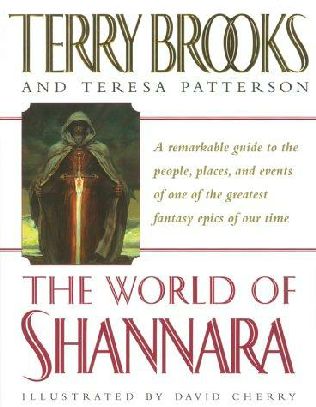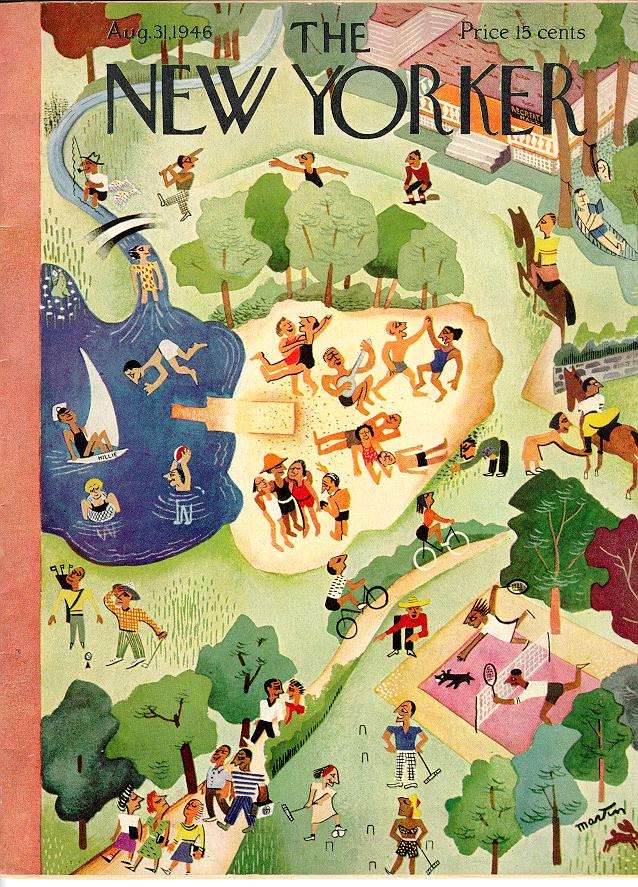
Our public library has a fairly small selection of audio books, so when one looks even remotely interesting, I grab it. This one caught my eye, having read
The Da Vinci Code, and enjoyed it very much (one of the very few books that actually
kept me awake into the wee hours of the night).
The Da Vinci Code was an adventurous choice for me. I was hesitant to read it because of the
controversial content that seemed sacrilegious to me, but it was a book club selection, and I ended up not only
thoroughly entertained, but also not really offended by much of the content, and fascinated by the
treasure hunt aspect of it. So going into
Angels and Demons, I hoped for more adventure, and was not too concerned about having any
feathers ruffled.It's holiday time, and my brain is somewhat fried, so I will be lazy and give you this review from Amazon that I think hits the nail on the head:
"Harvard symbologist Robert Langdon is shocked to find proof that the legendary secret society, the Illuminati--dedicated since the time of Galileo to promoting the interests of science and condemning the blind faith of Catholicism--is alive, well, and murderously active. Brilliant physicist Leonardo Vetra has been murdered, his eyes plucked out, and the society's ancient symbol branded upon his chest. His final discovery, antimatter, the most powerful and dangerous energy source known to man, has disappeared--only to be hidden somewhere beneath Vatican City on the eve of the election of a new pope. Langdon and Vittoria, Vetra's daughter and colleague, embark on a frantic hunt through the streets, churches, and catacombs of Rome, following a 400-year-old trail to the lair of the Illuminati, to prevent the incineration of civilization.
Brown seems as much juggler as author--there are lots and lots of balls in the air in this novel, yet Brown manages to hurl the reader headlong into an almost surreal suspension of disbelief. While the reader might wish for a little more sardonic humor from Langdon, and a little less bombastic philosophizing on the eternal conflict between religion and science, these are less fatal flaws than niggling annoyances--readers should have no trouble skimming past them and immersing themselves in a heck of a good read. "Brain candy" it may be, but my! It's tasty. --Kelly Flynn"
Definitely a lot of balls in the air! I also could have done without a few cheesy romantic scenes and a couple of disturbing sadistic situations. I felt like the author was pretty neutral in the battle between science and religion until the end, where I felt as though he depicted strong faith in God as fanatical madness. I can't even imagine how Catholics would feel reading about these characters who represent their religious leaders, and the diabolical or unconventional deeds they enact. Having said all that, Dan Brown is still a master storyteller, as evidenced by the fact that one can still enjoy such a far-fetched, over-the-top literary roller-coaster.

 "This will be a good weekend for reading. I picked up a dozen of Vernie Crabtree's killer chocolate-chip cookies at the French Club bake sale yesterday. Those, a pot of coffee, and a good book are all I will need for the rainy weekend rolling in . . . The Wise County Bookmobile is one of the most beautiful sights in the world to me. When I see it lumbering down the mountain road like a tank . . . I flag it down like an old friend . . . I even love the smell of books."
"This will be a good weekend for reading. I picked up a dozen of Vernie Crabtree's killer chocolate-chip cookies at the French Club bake sale yesterday. Those, a pot of coffee, and a good book are all I will need for the rainy weekend rolling in . . . The Wise County Bookmobile is one of the most beautiful sights in the world to me. When I see it lumbering down the mountain road like a tank . . . I flag it down like an old friend . . . I even love the smell of books." 




























